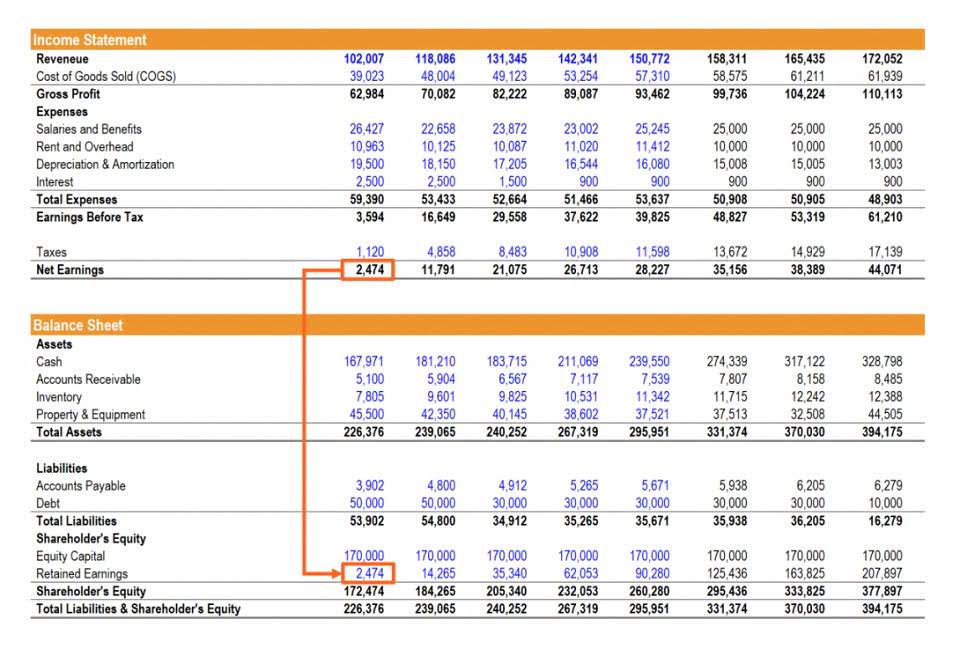
It is important to note that the paycheck amount is not the same for bi-weekly and semi-monthly schedules. The paycheck amount is slightly smaller for the bi-weekly pay as it is more frequent. When comparing bi-weekly vs. bi-monthly payrolls, you should take into account a few key differences. A semimonthly would be a great choice for an entrepreneur who wants to put the same amount of money into their payroll each month. The trade-off would be having to make sure that your payroll clerk stays on top of the ever-changing payday.
Business cash flow

There are some important differences when it comes to semi-monthly vs. biweekly payroll. Let’s first look at the unique attributes and benefits of the biweekly pay schedule. One of the primary downsides of bi-weekly and semi-monthly pay is the potential budgeting challenges they pose for employees.
Think About Your Time
- If the chosen payday is Friday, employees will receive their paychecks every other Friday, totaling 26 paychecks for the year.
- When you pay employees semimonthly, you can count on paying the same amount to employees each month.
- This schedule generates 26 paychecks per year because there are 52 weeks in a year.
- Bi-weekly pay, however, doesn’t adhere to a fixed date range, making it more adaptable to varying workdays within a month.
- Biweekly and semimonthly can be confusing because employees generally receive two payments per month.
- A couple of months out of the year, you will get three paychecks as opposed to just two.
The extra two paychecks for biweekly pay frequencies can Insurance Accounting make budgeting more challenging if the business doesn’t properly prepare for months with three paychecks. The business needs to make sure it has enough money in its payroll account to cover the additional expenses. Although it’s the most popular pay schedule, biweekly payroll has a lesser-known fact—there are a couple of months in the year when employees receive an extra paycheck.

Lattice
In general, bi-weekly payrolls are used by companies that pay their employees a low to average hourly wage. If your employees punch in and out and work a different amount of hours each week, then a bi-weekly payroll will make more sense. Keep in mind that employees who volunteer to work more hours may be doing so because they need more cash flow that week. Semi-monthly and bi-weekly sound like the same thing, but there are some key differences between these two payroll schedules. At first glance, the difference between biweekly and semimonthly might seem subtle.

If you’re using a payroll service provider that charges fees every time you run payroll, you’ll pay more when you use a biweekly schedule. If this is the case for your business but you want to stick to a biweekly pay frequency, consider a payroll service provider that charges a flat annual rate or per employee. On the other hand, semimonthly works fine if you have salaried employees.
What to consider when choosing a payroll schedule

This occurs when there is an additional pay period due to particular start and end dates of the pay cycle. However, the assumption of 26 bi-weekly pay periods per year is the standard payroll Online Accounting practice in most cases. The choice between bi-weekly vs semi-monthly payroll hinges on an organization’s individual needs and preferences.
How Many Semi-Monthly Pay Periods in a Year?
This makes it easier for the finance department to prepare and process payments on time. However, with the two added payments, they will also have two additional payrolls semi monthly vs bi weekly to process. Even those who are passionate about their work still care about financial security. For employers, payday is just as crucial, impacting both their administrative operations and relationships with employees. Issues swirling around payday or payroll processes can lead to employee distrust. Both options offer their respective advantages and cater to different organizational requirements.
Published by